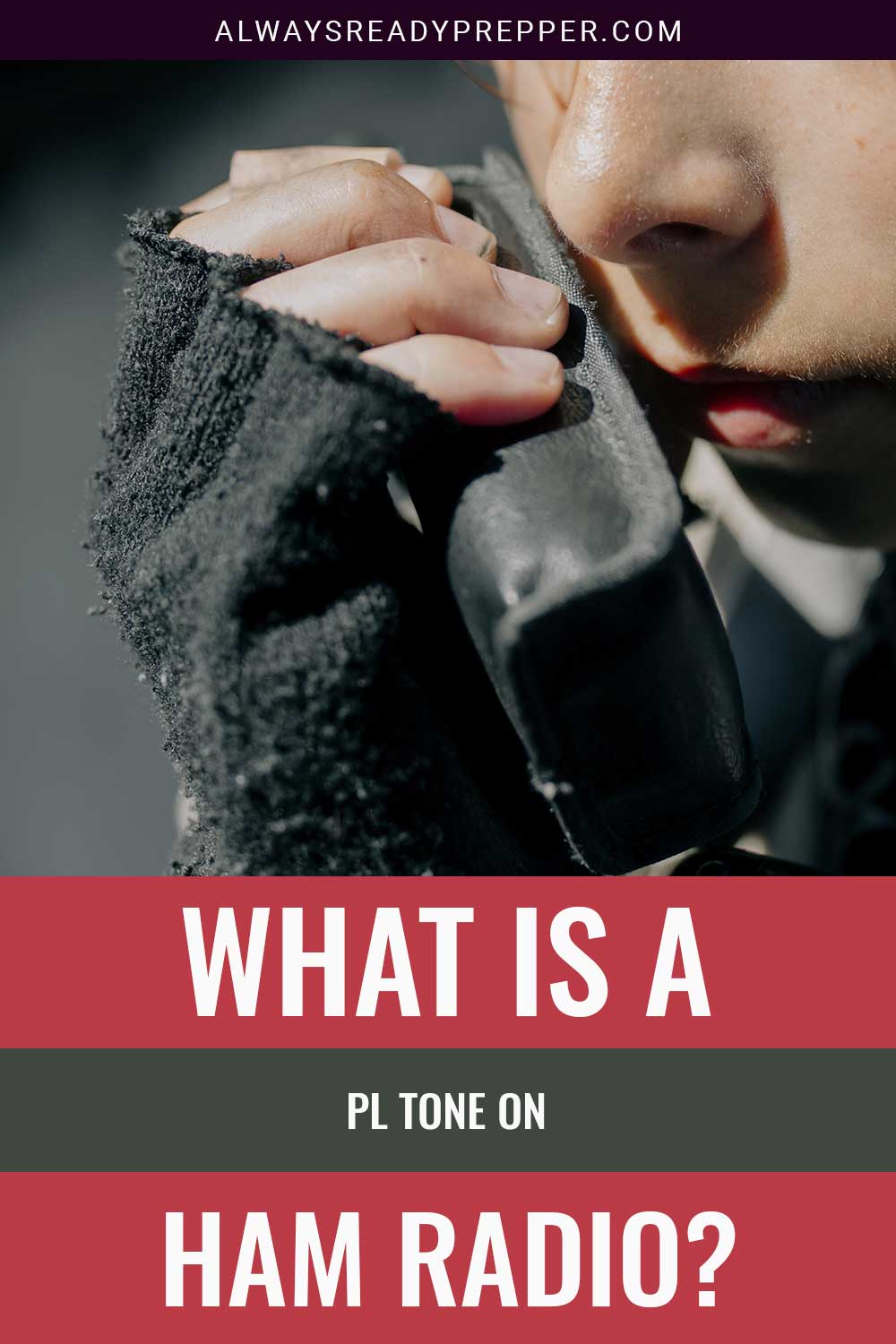What Is a PL Tone on Ham Radio?
We may earn commissions for purchases made through links on our site. Learn more on our about us page.
To begin, Ham radio is a form of communication that can be used to reach anyone worldwide if the signal is strong enough.
The convenient thing about this form of communication is that it only requires the two parties to have a signal strong enough between their radio equipment.
This sort of equipment includes walkie-talkies, semi-truck drivers’ onboard radios, and even dispatch stations with signal towers to boost reception and range.
A PL tone is a private line, and there are also DPL options for the private digital line for more modern technologies, which is used to help filter out chatter from sources outside the person trying to be communicated with.

What does PL Mean in Frequency?
The CTCSS, which stands for Continuous Tone Coded Squelch System, comes from the standard radio and is used to help navigate and minimize co-channel interference.
There are going to be different terms for different companies, but for some, the abbreviation PL is for Private Line.
Many repeaters will require the usage of a PL tone to access the signal, which is the frequency transmitted by the user to gain said access via the CTCSS-encoded frequency of the matching repeater.
How many PL Tones are There?
The number of PL tones available will depend on the technology’s capabilities, and certain radio tower stations will have a broader range of tone settings.
However, most common walkie-talkie systems have the capability to reach over thirty-nine PL tones, depending on the manufacturer’s preferences.
Overall, there are going to be a total of two hundred and fifty-six DCS-provided codes and tones; but traditionally, there are only about sixty different PL tones used currently.
Logically, if the system was powerful enough, humans could have the ability to speak on five hundred twelve channels of DPL-coded communication.
How Do You Set the PL tone?
Depending on the transceiver, find the frequency the repeater is on, set the squelch type, and confirm the tone hertz frequency.
This is not a complicated process; it takes minutes to learn from a knowledgeable teacher and allows a person to transmit audio to anyone listening to that frequency.
The key is to have the ability to adjust the frequency and lock in the PL tone to separate your radio from any others that might be on a similar wavelength. Once set, it should be easy for other receivers to pick up your frequency and listen to your broadcast.
What is the point of PL tone on a Ham Radio?
A simple reason for creating the private line tone is to help separate one transceiver from another, to make it easier for individual radio operators to find each other’s frequency and communicate clearly.
There is an undefined number of users out there sending out signals and wavelengths that can clutter up the channels, and without this tone, it would be nearly impossible to find any signal individual in the chaos.
Today they have even more frequency-specific signals down to the hundreds of decimals, in which the newer tech DPL, or Digital Private Line, was invented.
How Long Does it Take to Do it?
The process of installing and setting up a radio transceiver can take some time; fine-tuning the correct frequencies will take just as long.
Therefore, it is highly recommended to have a knowledgeable person help you put the equipment together and then also complete PL, DPL, and tone setup, along with learning how to filter through the millions of frequencies.
Wading into the river of frequencies and exploring the different broadcasts can be fun but also daunting; the best policy is to explore slowly and take your time; there is no need for it. Communicating with those you know requires finding an open frequency and utilizing it.
Final Thoughts on What is a PL tone on Ham Radio
Ham radio is one of those communication resources that can withstand massive infrastructure failures, even apocalyptic events, which has made it an indispensable tool for future survival and other communication needs.
Radio coms such as walkie-talkies and station transceivers are the quickest means of communication. The system is a radio transmitter, a power source, and whoever can pick up the signal with the same setup.
For all your doomsday, Zombie apocalypse preppers, this will be a must-have for your bunker and survival area. Setting up your PL, DPL, is easy, and remember to tell other radio hosts.



Leave a Reply
You must be logged in to post a comment.